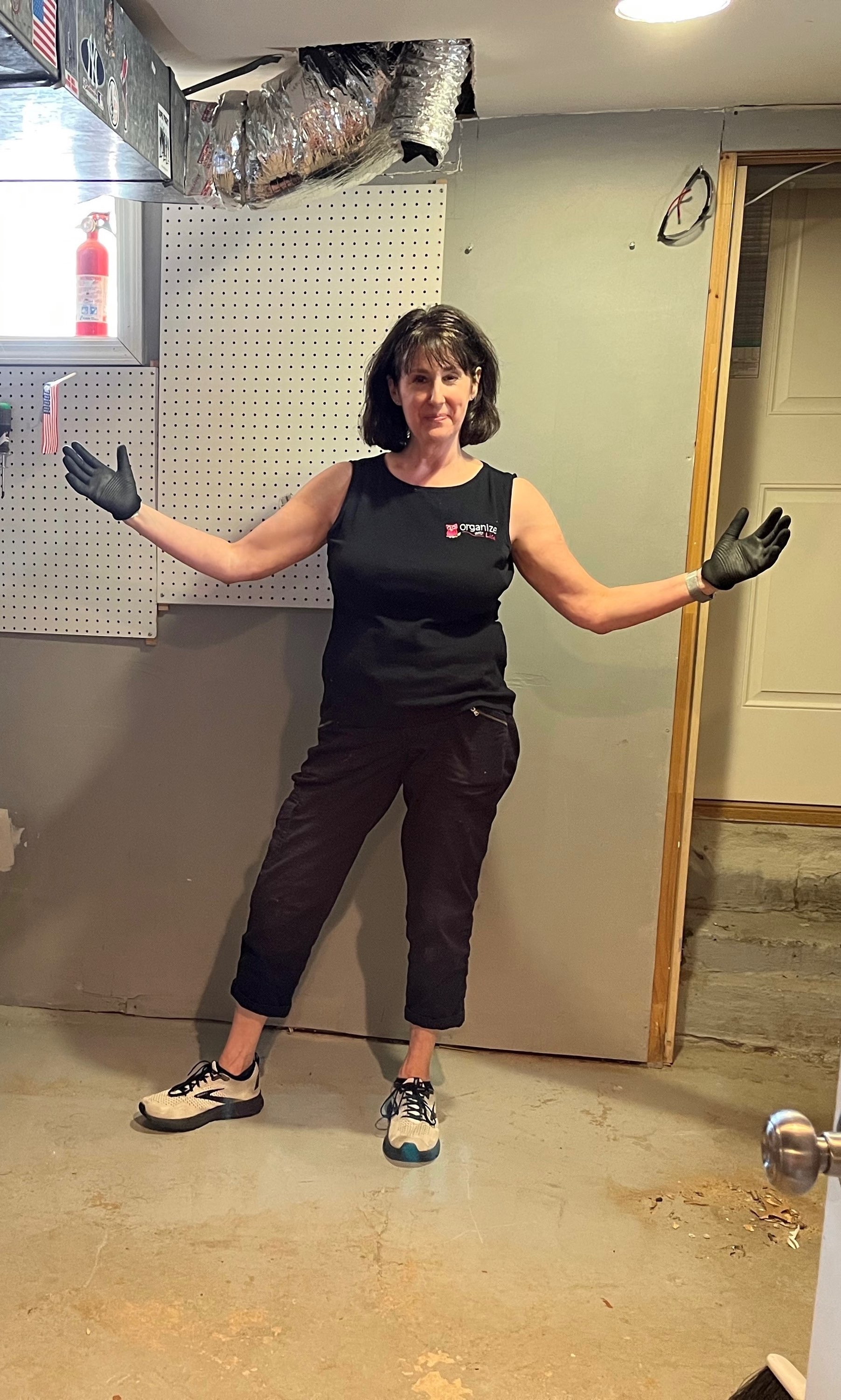Are piles of paper stacking up stress? Here’s how to deal with them in.
- Lisa Harris

- Jan 28, 2024
- 3 min read
Do you have piles of paper stacking up stress in your life? Perhaps you’re unsure how to manage the volume of mail and documents that have built up over the months, maybe even years?

I’ve spoken before about the many benefits of digitizing your media, and while paperless options have thankfully become more available in our digital age, it’s hard to avoid paper entirely. Junk mail, receipts and bills, tax documents, medical forms, crumpled-up grocery and to-do lists, you name it! Paper takes on a life of its own if not dealt with regularly and can quickly add up to a whole stack, most likely causing you clutter and stress.
Regardless of why you may have a tsunami of paper on your hands, the result remains the same; drowning in the feelings of anxiety it causes and the overwhelm of not knowing how to deal with it.

So, let’s talk about the steps you can take to tackle that pile of papers once and for all.
Step 1: Sort your paper into categories
As with most organizing projects, the first step with decluttering paper is to sort through it. It may sound redundant to put your piles of paper into different piles of paper, but bear with me! Sort your paper and create new piles that fall into the following categories:
File: Any documents that you may need to reference in the current calendar year.
Archive: Important documents that you need to keep but won’t need to be referenced anytime soon.
Take Action: Items that you need to address.
Recycle: Junk mail, magazines, newspapers, and/or any paper items you no longer want or need to keep.
Shred: Documents to discard that have personal information.
Step 2: Discard Appropriately.
Recycle any junk mail, newspapers, magazines, etc., but make sure to shred any items with your personal information. If you don’t have a shredder, there are local places that offer shredding services (Staples and The UPS Store are my go-to’s). Some towns even offer a free shredding day and other county-wide shredding events.
Step 3: Create a filing system.

Create a system for storing the items you’re keeping. There are many systems you can use, from filing cabinets to binders. I recommend keeping your documents categorized (ex: medical, kids, pet, home), but you can go a step further and alphabetize, color-code, and/or create subcategories.
Make sure to create a designated, convenient spot for incoming items too. Have an inbox for mail, items to address, and an outbox for items that need to be filed.
Step 4: Connect to digital as much as possible.
To avoid excess paper moving forward, go digital as much as possible. Opt for paperless bank statements and automated bill-pay where you can. Not only does this mean less paper and waste, but it also means you’re less likely to lose an important document or forget to pay a bill on time. You can even go digital with existing documents by scanning them and saving them to your computer (just make sure to back up important files).
Step 5: Create a routine for addressing your paper.
In an ideal world, I recommend sorting through your papers daily. But I get it; life happens! If daily is not a realistic goal for you, aim for weekly. As with any long-term success, the key is consistency. Building a habit of routinely sorting through and addressing your paper materials will make those piles much more manageable, and eventually, will help you avoid those piles altogether.
If you have piles of paper stacking on stress in your life, following even one of the steps above will make a noticeable difference. Ready to take it a step further? Give us a call or text at 201 214 0652 to get started on your decluttering goals today.

Comments